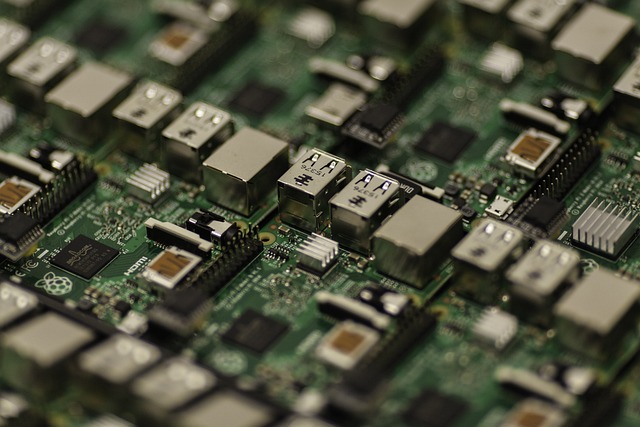The Linux kernel, being the heart of the operating system, plays a key role in ensuring the security of the system as a whole. Many mechanisms and defenses are built into the Linux kernel to provide a robust and impenetrable defense against threats. In this article, we will look at the main mechanisms and defenses in the Linux kernel.
Limited Privilege
Linux uses the Least Privilege Principle. This means that processes and users have only the minimum privileges necessary to perform their tasks. This reduces the risk of malicious actions and limits possible vulnerabilities.
Access Control Mechanism
Linux uses many access control mechanisms to restrict access rights to system resources. Some of them include:
- POSIX access rights:
This is a classical access rights system based on user (owner), group, and others (others) rights to files and directories. The rights can be set as read, write and execute. - SELinux (Security-Enhanced Linux):
SELinux provides advanced access control mechanisms at the kernel level, allowing more granular customization of permissions for different processes and resources. - AppArmor:
AppArmor provides application profiling tools that restrict an application’s access to certain resources and actions.
Sandboxes
Sandboxes are isolated environments in which applications can be run. Linux supports several technologies for creating sandboxes such as:
- Docker and containerization:
Docker allows you to package an application and its dependencies into a container that runs in an isolated environment. This ensures secure execution of applications. - Virtualization:
With virtualization, you can create virtual machines with separate operating system instances. This allows isolation of applications and provides security at the hypervisor level.
Kernel security
- Kernel privileges:
The Linux kernel has the highest level of privilege and access to it should be highly restricted. The kernel configuration can only be changed with administrator privileges. - Address Space Layout Randomization (ASLR):
ASLR randomizes the in-memory location of executables and libraries, making it difficult to predict the addresses of malicious attacks. - Stack Canaries (Stack Canaries):
Linux includes mechanisms such as stack probes to detect buffer overflows and other stack attacks.
Conclusion
Security in the Linux kernel is a complex and multifaceted aspect of operating system security. The implementation of least privilege principles, access control mechanisms, sandboxing, and other security features make Linux a reliable platform for developing secure applications and ensuring the safe operation of servers and computers. Regular updates and active support from the Linux community help maintain a high level of security.



